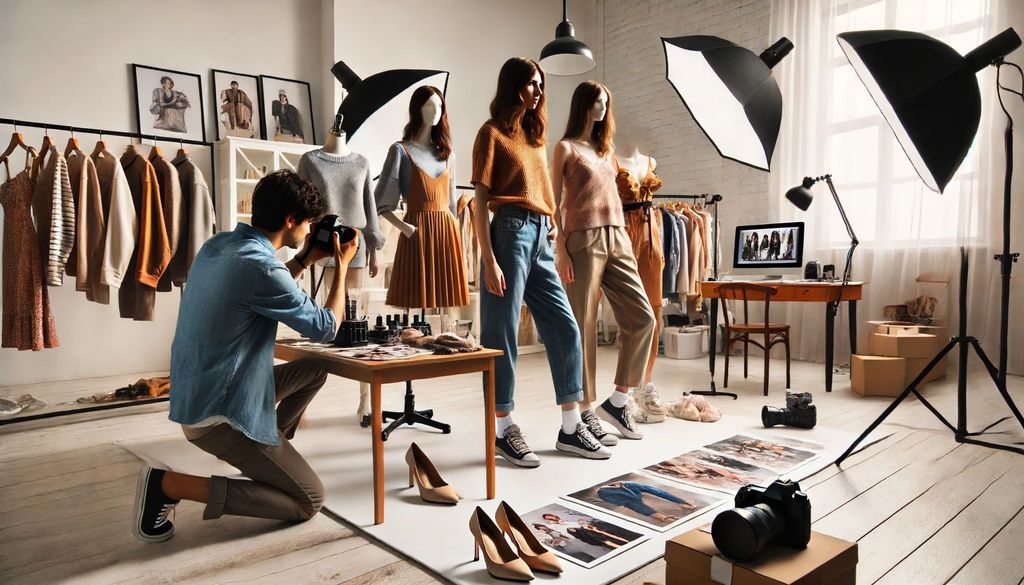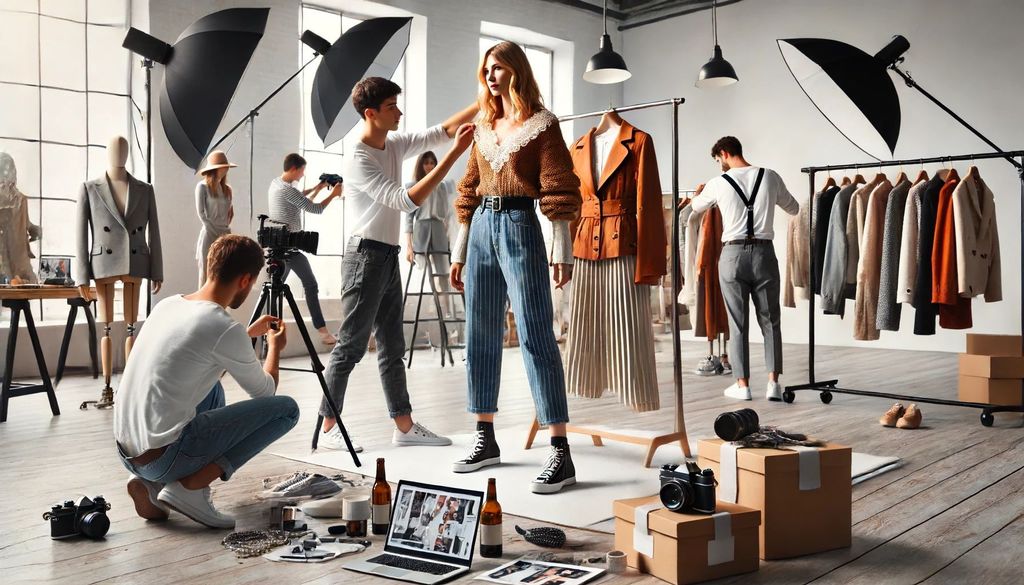Steps to Become a Fashion Stylist
1. Dive Into the Fashion World
Start by imbibing everything fashion-related. Read magazines like Vogue, Harper's Bazaar, and Elle. Follow top stylists and fashion influencers on Instagram, like Rachel Zoe, Chiara Ferragni, and Aimee Song. Watch runway shows from fashion weeks in Paris, Milan, New York, and London. Get a feel for what’s hot and what’s not.
2. Get Education
Look for courses in fashion styling, fashion design, or fashion merchandising. Community colleges, fashion schools, and online platforms offer great programs. One great option is our online course «Fashion Stylist» in Italy. You'll learn from Italian stylists who work in fashion magazines and designer houses. The course offers flexible learning schedules, so you can start any day and learn at your own pace. Plus, you’ll receive a certificate upon completion, giving you an edge in the industry.
3. Build Your Portfolio
Start small. Style your friends and family, volunteer for local fashion shows, or collaborate with photographers for mini photoshoots. Take high-quality photos of your work to build your portfolio. This will showcase your talent to potential clients or employers.
4. Gain Experience
Experience is everything. Look for internships or assistant positions with established stylists, fashion magazines, or fashion houses. For example, assisting on a photoshoot for a major fashion magazine can teach you a lot and help you make important connections.
5. Network, Network, Network
In fashion, it’s all about who you know. Attend fashion events, join fashion groups on social media, and don’t be shy about introducing yourself to industry people. Networking can lead to collaborations, internships, and job offers.
6. Develop Your Personal Style
While it’s great to be versatile, having a unique personal style can help you stand out. Develop a signature look or aesthetic that people recognize as yours. It’s your personal brand, so make it memorable!
7. Stay Updated
Fashion is always changing, and so should you. Keep learning about new trends, techniques, and technologies. Attend workshops, take advanced courses, and always look for ways to improve your skills.
8. Create a Strong Online Presence
Today, a strong online presence is a must. Create a professional Instagram account and a website to showcase your portfolio. Post regularly, engage with your followers, and use hashtags to get noticed. Social media can help you reach potential clients and industry professionals.
9. Market Yourself
Don’t be shy about promoting your services. Use social media, create a website, and consider running ads. Word of mouth is powerful, but you’ll need to put yourself out there to reach new clients. Join fashion forums, participate in online fashion challenges, and collaborate with influencers.
10. Start Taking on Clients
Once you feel confident, start taking on clients. Begin with small projects and gradually move to bigger ones. Provide excellent service, and your reputation will grow, bringing in more opportunities.






